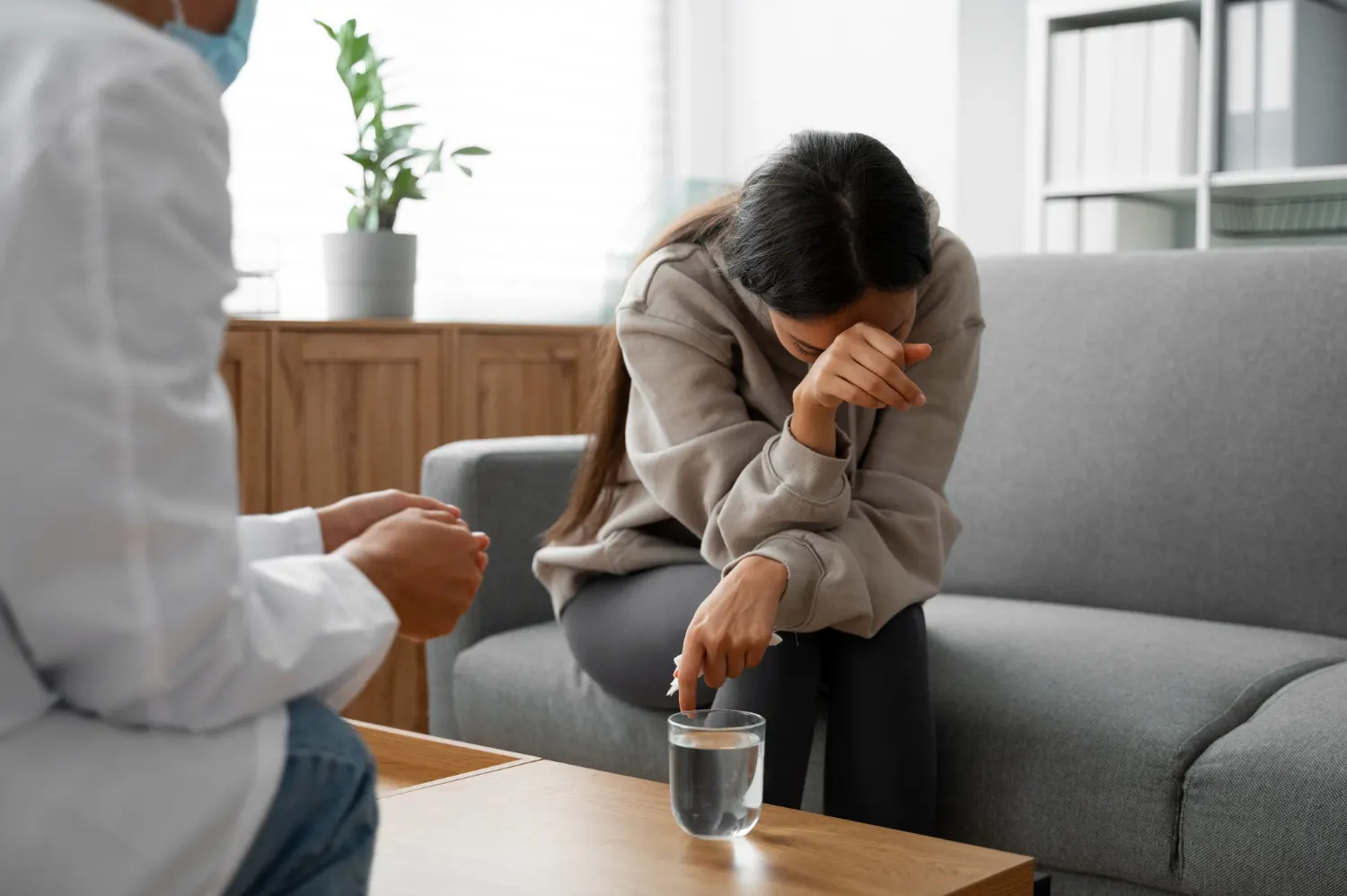What Is Ketamine Treatment and Its Mechanism?
Ketamine, hailed as a groundbreaking treatment for depression, anxiety, and chronic pain in recent years, has a history of safe and effective use as an FDA-approved anesthetic since the 1960s. Recent medical research demonstrates its effectiveness in lower, sub-anesthetic doses for treating depression and some chronic pain conditions.
Over 18 years ago, Yale University School of Medicine pioneered research showing that small doses of ketamine, administered through slow intravenous infusion, can quickly alleviate symptoms of depression. This initial study sparked numerous follow-up research by prestigious institutions like Yale, NIH, Harvard, Johns Hopkins, and Oxford University, all reinforcing ketamine’s efficacy in these areas.

Doctors and scientists have observed that ketamine infusions bring rapid relief to severely depressed patients, often within hours. This speed of response is unparalleled compared to other depression treatments. Repeated infusions can lead to essential healing in the brain.
Ketamine operates by interacting with the NMDA receptor in the brain, part of the glutamate receptor group. It also affects other receptors, including opioid and dopamine receptors. Its influence on the AMPA receptor is particularly noted for its role in the drug’s antidepressant effects.

Research
Ketamine infusion therapy is emerging as an innovative treatment option for PTSD/Anxiety, Chronic Pain, Depression, and other mental health issues and pain management. Esteemed institutions like Harvard and Yale have recognized Ketamine’s effectiveness, especially in individuals unresponsive to conventional treatments.
Its psychiatric application has gained momentum recently, building on its long history as an anesthetic. The National Institute of Mental Health (NIMH) now endorses Ketamine as a viable treatment for various mental health disorders.

At the Center
Upon arrival at the East Texas Ketamine Specialists infusion center, you’ll enter a serene and tranquil environment. Once your paperwork and medical questionnaires are completed and reviewed, your part is done.
You’ll then be escorted to a private room, equipped with a recliner and all necessary medical gear for your infusion. A skilled specialist will go over your medical history and conduct a brief physical examination to evaluate your health. We’ll attach the required monitoring devices and set up an IV for the infusion. Throughout this process, we’ll explain each step and happily answer any questions you have.
During your infusion, a skilled specialist will be with you throughout. While you can have someone in the room, we suggest they only speak if you initiate, to maintain the personal nature of the experience. To avoid distractions, it’s recommended that friends and family stay in our waiting area, unless you strongly prefer their presence.
Once the infusion begins, you’ll quickly start feeling its effects. You might become talkative and engage in lively discussions with the doctor, or you might prefer to relax quietly. You’ll feel physically relaxed with an active mind. The sensation may be unusual at first but is often described as pleasant.

The infusion takes 40-60 minutes, and you may experience a variety of sensations, which is normal and doesn’t impact the treatment’s effectiveness. Our trained staff will be with you, ensuring your safety and answering questions. Our aim is for you to be comfortable and at ease.
Post-infusion, you’ll have time to adjust, with slight dizziness potentially occurring but usually fading within 10 minutes. You’ll then rest in our recovery area for 30 minutes before heading home. Please arrange for transportation, as driving is not allowed post-treatment.
For 4-6 hours afterwards, avoid driving, operating machinery, or signing legal documents. Most patients prefer resting quietly during this period, and your subsequent activities will depend on how you feel.






